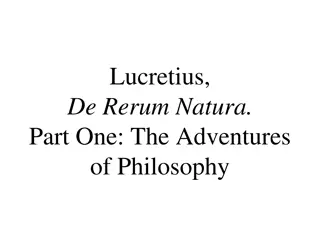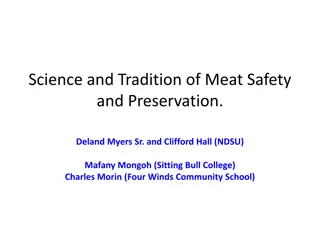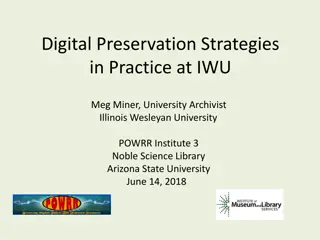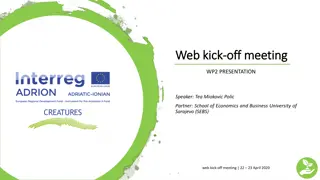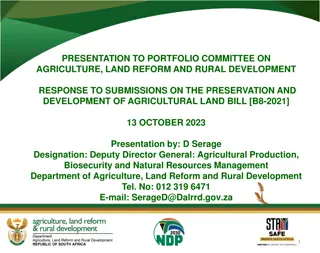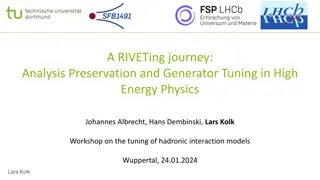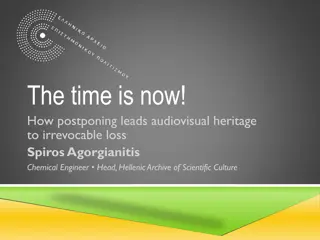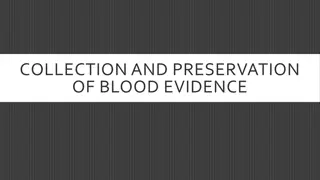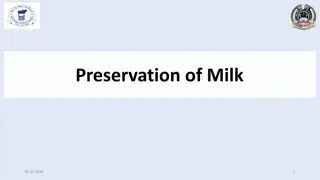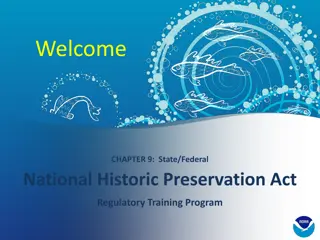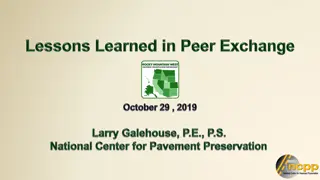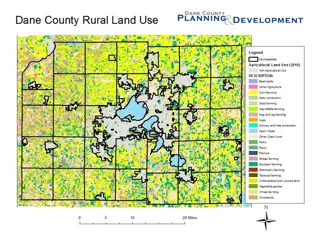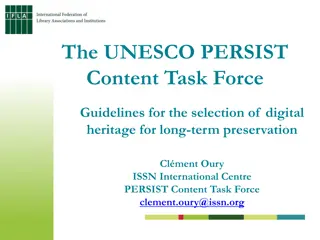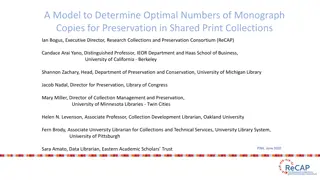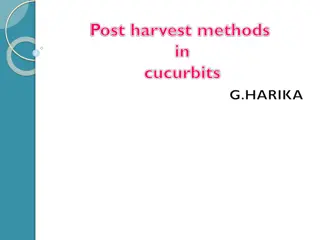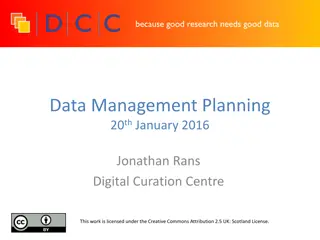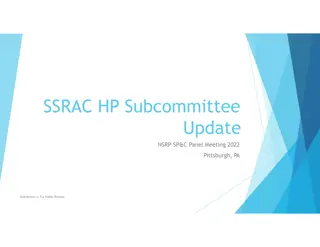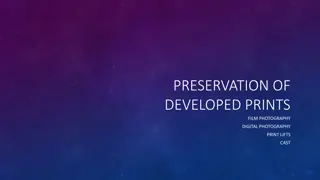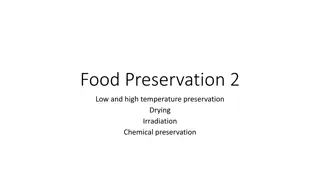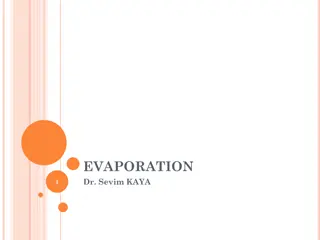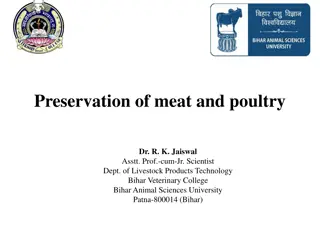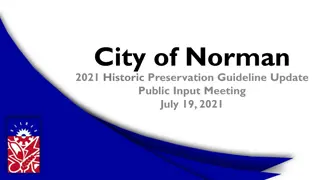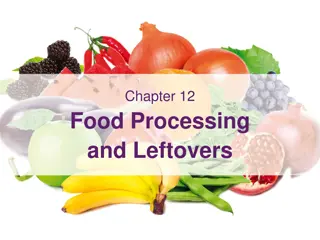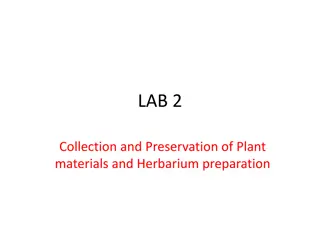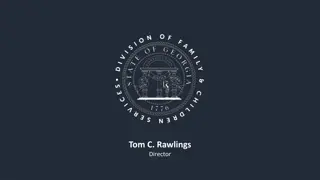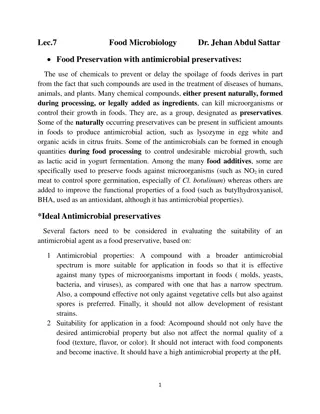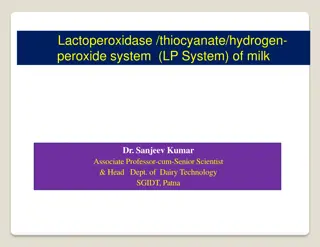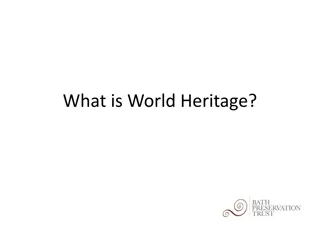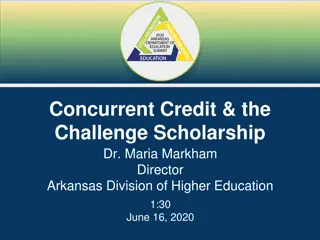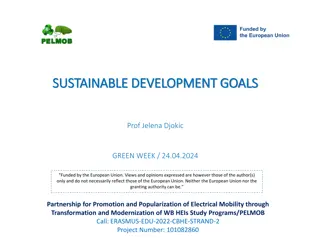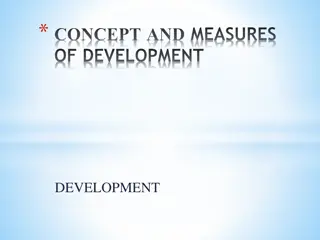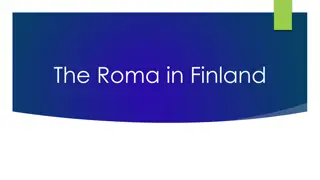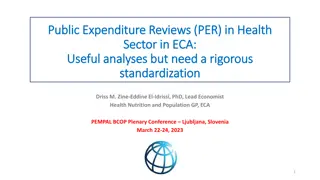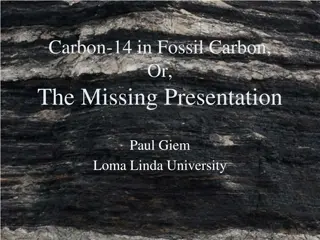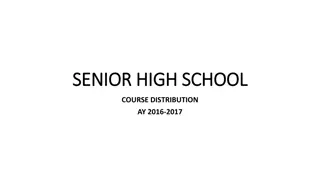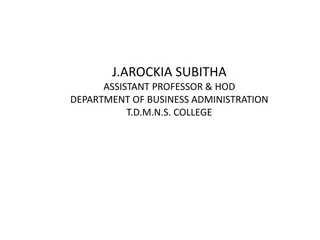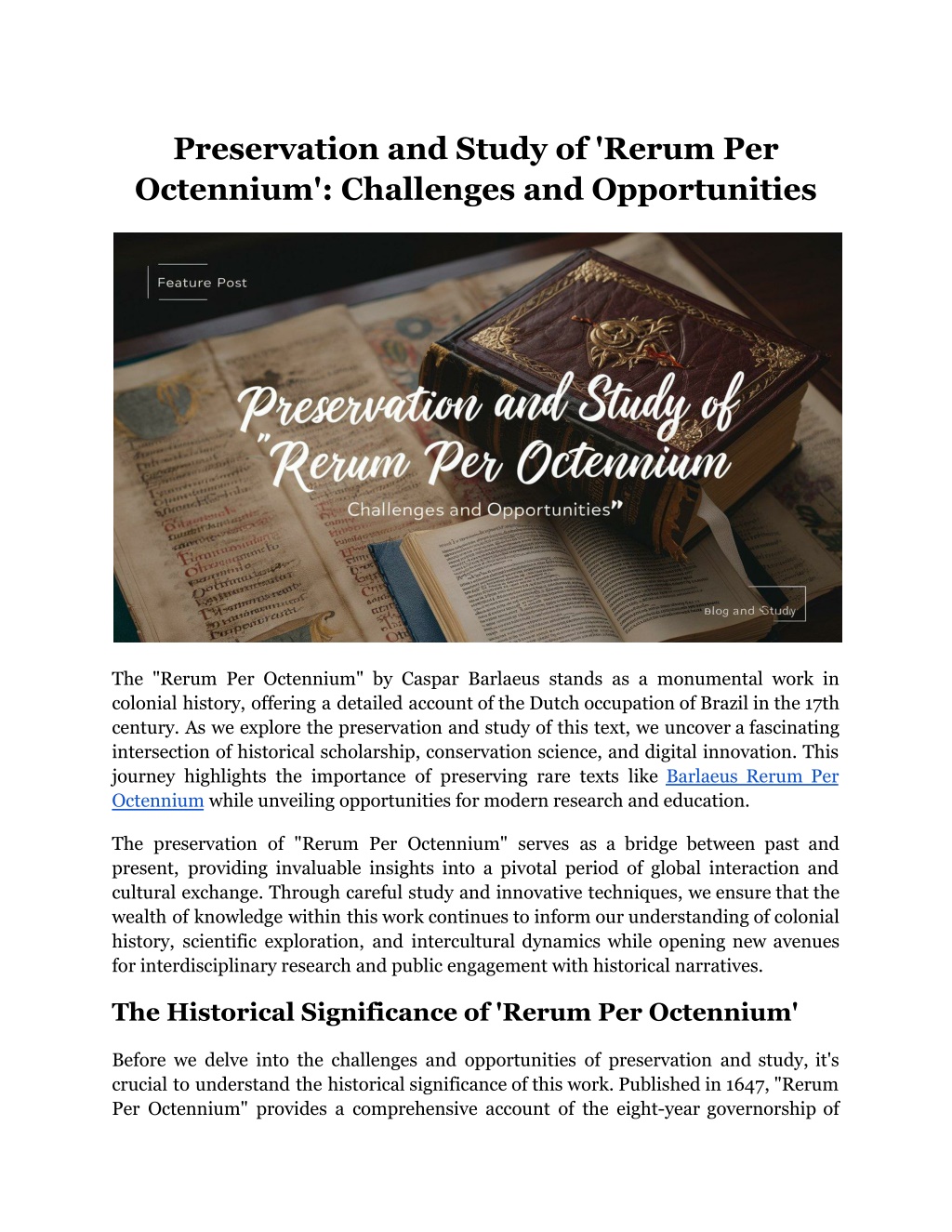
Preservation and Study of 'Rerum Per Octennium': Challenges and Opportunities
Explore the challenges and opportunities in preserving and studying the historic text "Rerum Per Octennium.n
Download Presentation

Please find below an Image/Link to download the presentation.
The content on the website is provided AS IS for your information and personal use only. It may not be sold, licensed, or shared on other websites without obtaining consent from the author. Download presentation by click this link. If you encounter any issues during the download, it is possible that the publisher has removed the file from their server.
E N D
Presentation Transcript
Preservation and Study of 'Rerum Per Octennium': Challenges and Opportunities The "Rerum Per Octennium" by Caspar Barlaeus stands as a monumental work in colonial history, offering a detailed account of the Dutch occupation of Brazil in the 17th century. As we explore the preservation and study of this text, we uncover a fascinating intersection of historical scholarship, conservation science, and digital innovation. This journey highlights the importance of preserving rare texts like Barlaeus Rerum Per Octennium while unveiling opportunities for modern research and education. The preservation of "Rerum Per Octennium" serves as a bridge between past and present, providing invaluable insights into a pivotal period of global interaction and cultural exchange. Through careful study and innovative techniques, we ensure that the wealth of knowledge within this work continues to inform our understanding of colonial history, scientific exploration, and intercultural dynamics while opening new avenues for interdisciplinary research and public engagement with historical narratives. The Historical Significance of 'Rerum Per Octennium' Before we delve into the challenges and opportunities of preservation and study, it's crucial to understand the historical significance of this work. Published in 1647, "Rerum Per Octennium" provides a comprehensive account of the eight-year governorship of
Count Johan Maurits van Nassau-Siegen in Dutch Brazil. This period marked a unique chapter in colonial history, characterized by: Cultural exchange between European, Indigenous, and African populations Scientific exploration and documentation of Brazilian flora and fauna Implementation of advanced urban planning and architectural projects Complex military campaigns and political maneuvering The text serves as a primary source for understanding this pivotal period, making its preservation and study of paramount importance for historians, anthropologists, and scholars across various disciplines. Challenges in Preservation The conservation and analysis of this significant historical text present several notable challenges: Physical Deterioration: Like many historical texts, copies of "Rerum Per Octennium" face the ongoing threat contributing to this include: Acid content in paper leading to brittleness Exposure to light, causing fading of text and illustrations Fluctuations in temperature and humidity, promoting mold growth Handling damage from scholars and researchers Limited Accessibility: The rarity of original copies restricts access for many researchers, presenting a significant challenge to comprehensive study. Language Barriers: The original Latin text poses difficulties for modern scholars not versed in classical languages, limiting the pool of researchers who can directly engage with the text. Contextual Understanding: Interpreting understanding of 17th-century Dutch, Portuguese, and Brazilian contexts, presenting challenges for accurate analysis. of physical deterioration. Factors the text requires a deep Read More Article: Military Campaigns and Strategies in 'Rerum Per Octennium' Opportunities in Preservation and Study Despite these obstacles, the conservation and examination of this important work also offer compelling opportunities:
Digital Preservation: Advanced scanning and digitization techniques offer opportunities to create high-resolution digital copies, ensuring the text's long-term preservation and increasing accessibility. AI-Assisted Translation: Machine technologies present opportunities for more accurate and efficient translation of the Latin text into multiple modern languages. Virtual Reality Reconstructions: The detailed descriptions in the text provide a basis for creating virtual reality reconstructions of Dutch Brazil, offering immersive educational experiences. Interdisciplinary Research: The rich content of "Rerum Per Octennium" invites collaboration across various fields, including history, anthropology, botany, and urban studies. Public Engagement: Digital platforms and interactive exhibits can bring the fascinating world of Dutch Brazil to a broader audience, enhancing public understanding of this historical period. learning and artificial intelligence Strategies for Preservation To address the challenges and capitalize on the opportunities, several strategies can be employed in the preservation and study of "Rerum Per Octennium": Conservation Techniques: Use of archival-quality storage materials Implementation of climate-controlled environments Restriction of direct light exposure Development of handling protocols for researchers Digital Preservation: High-resolution scanning of text and illustrations Creation of searchable transcriptions Development of a robust metadata system for easy navigation Regular updating of digital formats to ensure long-term accessibility Collaborative Research Initiatives: Establishment of international research networks Organization of interdisciplinary conferences and workshops Creation of online platforms for scholars to share insights and findings
Public Outreach: Development of educational programs for schools and universities Creation of interactive museum exhibits Production of documentaries and online content to engage the public Preservation Techniques and Their Benefits Technique Benefits Challenges Climate Control Slows prevents mold growth deterioration, High maintenance costs Digitization Increases preserves content accessibility, Requires updates regular format Archival Storage Protects damage from physical Limited original text handling of Translation Projects Broadens researcher base Risk of misinterpretation VR Reconstruction Enhances engagement public High development costs The Role of Technology in Preservation and Study Technological advancements play a pivotal role in conserving and analyzing this historical document. Key innovations in this field include: Spectral Imaging: This technique can reveal faded text and uncover previously hidden information, providing new insights into the original manuscript. 3D Scanning: For accompanying artifacts or illustrations, 3D scanning technology allows for detailed examination without risking damage to the original items. Blockchain Technology: This can be used to create a secure, decentralized database of research findings and digital copies, ensuring the long-term preservation of data. Machine Learning Algorithms: These can assist in pattern recognition across large datasets, potentially uncovering new connections or insights within the text. Read More Article: Key Events Chronicled in 'Rerum Per Octennium
Ethical Considerations As we delve into the process of safeguarding and examining this valuable historical text, it's essential to consider the ethical implications that emerge: Ownership and Access: Questions of who owns the rights to digital reproductions and how access should be granted need careful consideration. Representation of Colonial History: The text's colonial perspective requires thoughtful contextualization to avoid perpetuating outdated or harmful narratives. Indigenous and African Representation: Special attention must be given to how indigenous and African populations are represented in the text and subsequent studies. Balancing Preservation and Access: Striking the right balance between preserving the original text and making it accessible for study presents ongoing ethical challenges. Future Directions Looking ahead, the preservation and study of "Rerum Per Octennium" open up exciting avenues for future research and public engagement: Development of comprehensive digital humanities projects centered around the text Creation of educational curricula that use the text to teach about colonial history, cultural exchange, and scientific exploration Establishment of international research networks focused on comparative studies of colonial texts Integration of "Rerum Per Octennium" into broader discussions about decolonization and historical memory Preserving 'Rerum Per Octennium': A Call to Action The conservation and analysis of Barlaeus Rerum Per Octennium offers a complex landscape of both formidable obstacles and promising prospects. Through innovative technologies and collaborative efforts, we can ensure that Barlaeus' work continues to inform and inspire future generations. As we move forward, the insights gained from "Rerum Per Octennium" will undoubtedly continue to enrich our understanding of cultural exchange, scientific exploration, and the complex tapestry of colonial encounters.
Step into the captivating era of Dutch Brazil through Arader Books' remarkable offering: "Rerum Per Octennium" by Caspar Barlaeus. Perfect for historians, collectors, and enthusiasts alike, our edition combines craftsmanship. It's not just a book it's a piece of history you can hold in your hands! historical significance with exquisite Site Article: Preservation and Study of 'Rerum Per Octennium': Challenges and Opportunities

